-

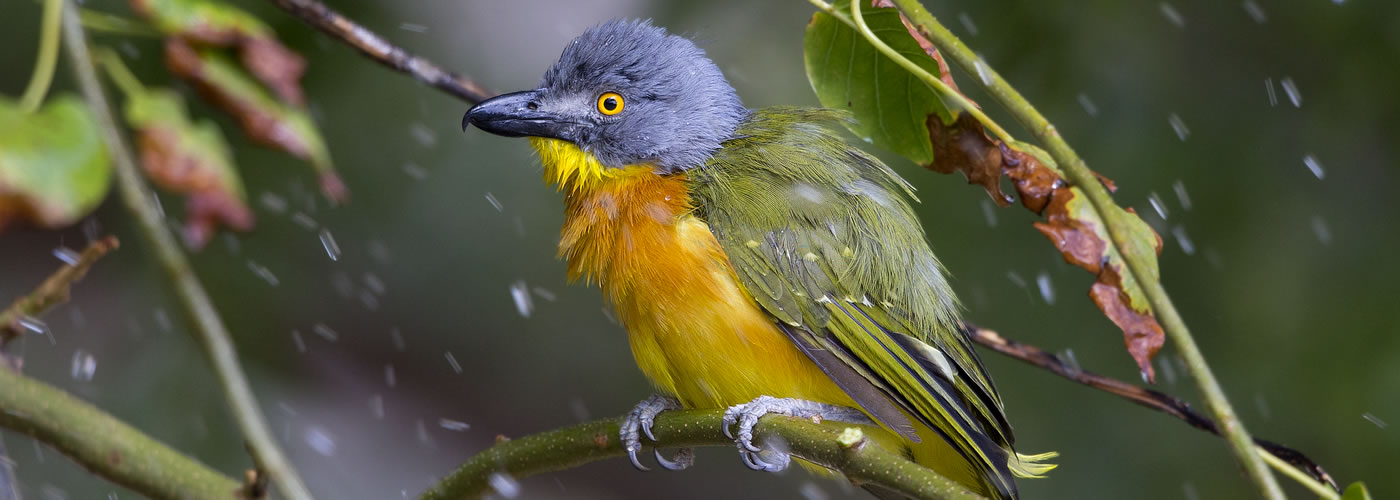 Rwanda Birding SafarisBook Now & Join the Trail
Rwanda Birding SafarisBook Now & Join the Trail -

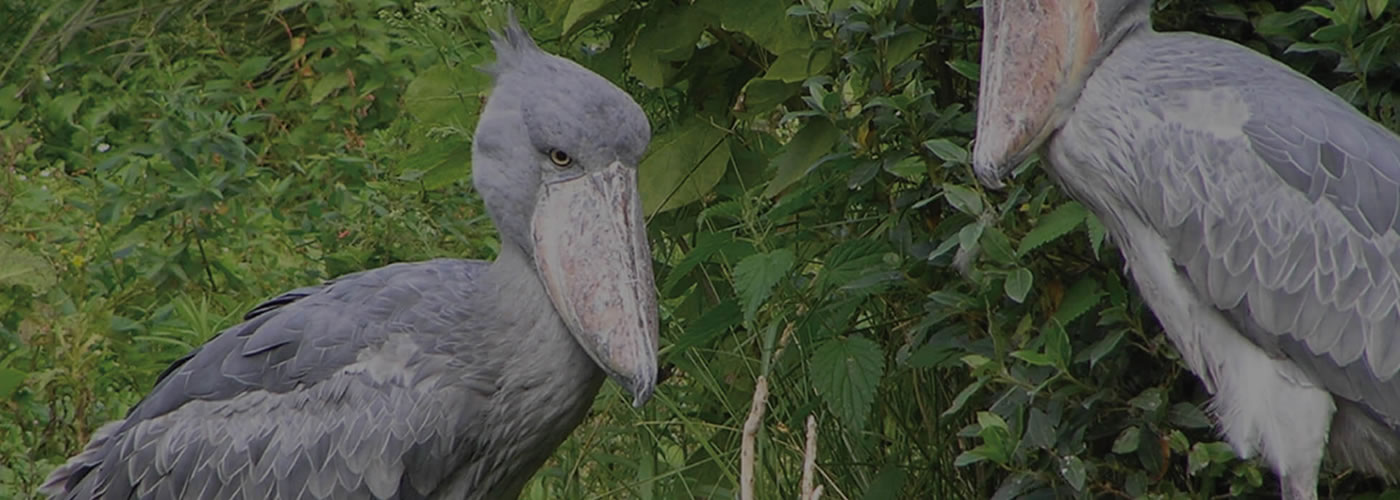 Meet with the Rare Shoebill StorkAkagera National Park
Meet with the Rare Shoebill StorkAkagera National Park -

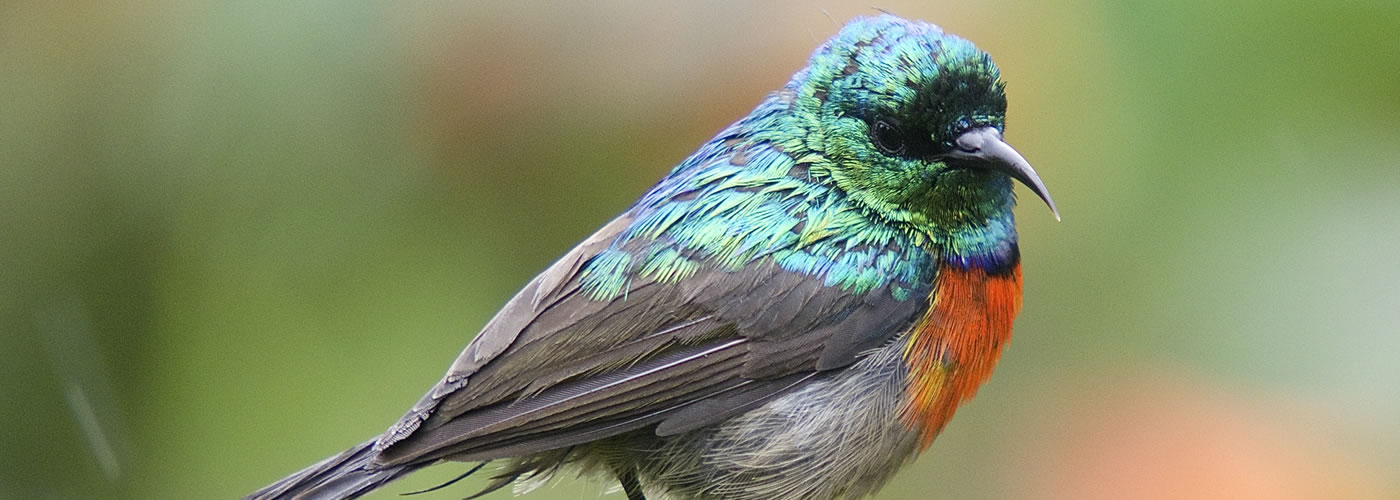 Rwenzori Double Collard SunbirdNyungwe Forest National Park
Rwenzori Double Collard SunbirdNyungwe Forest National Park -

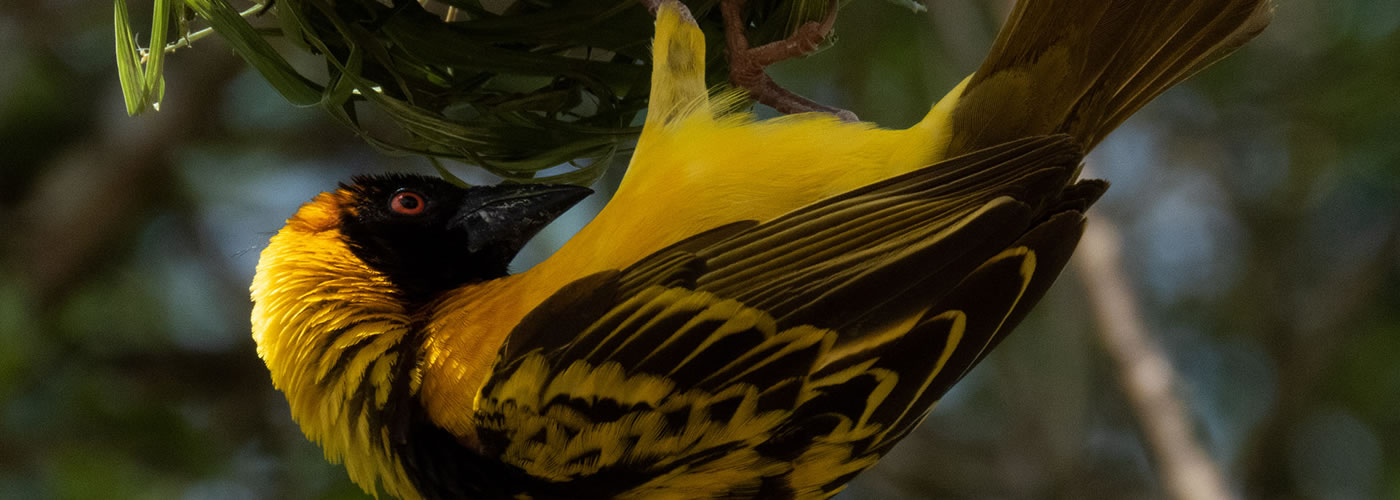 Bird Species NestingExperience the Real Action
Bird Species NestingExperience the Real Action -

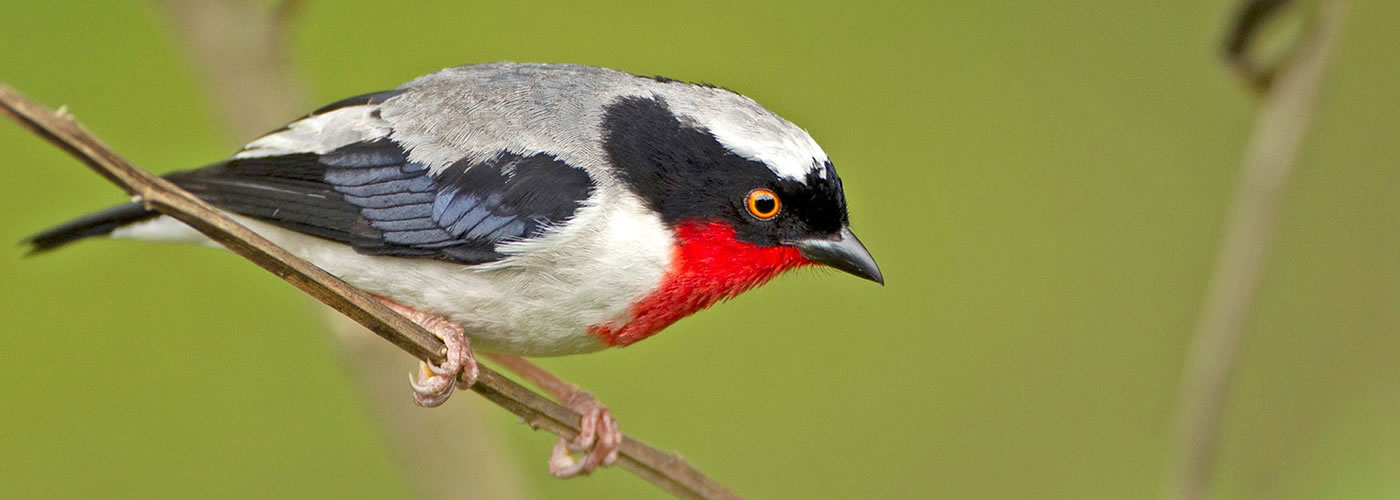 Get Exposed toDifferent Bird Species
Get Exposed toDifferent Bird Species
Welcome to Rwanda Birding Safari Tours Guide, Best Birding Places, Birding Tips & Updates in Rwanda.
Welcome to Rwanda Birding Guide an online travel resourceful information centre that will help you to know about the birding places, tips, ideas, updates and birding safaris in Rwanda, knowing where to stay, tour companies, Rwanda maps, how to get to get to Rwanda by air or road and so much more..
The birding highlights in Rwanda include the Red-Faced Barbet, Shoe bill Stork, Bennett’s Wood pecker, Papyrus Gonolek and the Miombo Wren-Warblers.
Rwanda has seven Important Birding Areas (IBAs) including the three National Parks — Akagera, Nyungwe and Volcanoes. The other Important Birding Areas are the Rugezi Swamp, Akanyaru, Nyabarongo and Cyamudongo.
For all birders planning for your birding safari workshops in Africa do not miss out this East/Central African region that is found in the Albertine rift region where most of the African and migratory loved birds can be spotted in National Parks, reserves and wetlands.
Birding in Rwanda can be started from the Akagera National Park wetlands and here you can spot the rare shoe stork bill along the shores of Lake Ihema on either afternoon or sunset boat cruise and then others are spotted on game drive wildlife safari.
Before visitors have been visiting Rwanda for gorilla safaris in the Volcanoes National Park and may be Chimpanzee trek in Nyungwe Forest National Park.
Today a high number of birders are visiting Rwanda to experience the birding holidays and now it is done in all the Important Birding Areas of Rwanda.
Most of Rwanda safari companies today due to the high rate of Rwanda gorilla permit offers Rwanda birding & gorilla safari packages visiting the 3 national parks (Akagera, Nyungwe and Volcanoes) in month from November to May every year and a discounted gorilla permit of $ 1050 USD per person is offered and hence making the safari much more affordable.
Birder traveling for long days looking for birds from Rwanda you can visit countries like Uganda and Kenya and a East Africa tourist visa is valid at $ 100 USD per person for the 90 days and to visit Tanzania safari you can buy another visa and continue with your birding and wildebeest migration safari in Africa.
Birding Information, tips and updates in Rwanda
With nearly 700 species in 10,000 sq. miles, Rwanda is a birders’ paradise. When it comes to birding, Rwanda is amongst Africa’s most exciting destinations within the relatively small and compact country. There over 1450 bird species of which 27 are Albertine Rift endemics.
Rwanda has 7 seven Important Birding Areas (IBA) including the three national parks- Volcanoes, Akagera and Nyungwe. The other Important Birding Areas are at Rugezi swamp, Akanyaru, Nyabarongo and Cyamudongo.
Rwanda’s location in the Albertine Rift makes for an ideal and stunning landscape for bird enthusiasts. Birding is experienced throughout the year with migrant bird season being from December through to February.
Where to Go Birding in Rwanda
At the Nyarutarama Lake near the Gold Course in Kigali, you can spot the African Reed Warbler and Great Sedge Warbler, the Winding Cisticola as well as the Common Wax bill, Grey-backed Fiscal, Tropical Boubou, Red-rumped and Mosque Swallows, African Spoonbill, Yellow-billed Stork, Great White Pelican, Common Moorhens, Yellow-backed and the Pied Kingfisher.
In the south-western part of the country, Nyungwe Forest National Park is a vast tract of virgin forest, one of the largest uncut natural forest reserves remaining in Africa and home to more than 300 species of birds, 27 of which are regional endemics. Nyungwe is probably the single most important bird watching destination in Rwanda.
Much of the forest is unexplored, with access being extremely difficult, because if the steep high hills and deep valleys. In Nyungwe National Park, there is an excellent winding tarmac road that bisects the forest, following the crest of the mountains.
This road allows visitors to look directly into and even down on the rain forest canopy. Along this road you can find most of the Albertine Rift Endemics, including Handsome Francolin, Rwenzori Turaco, Mountain Sooty Boubou, Rwenzori Batis, Yellow-eyed Black Flycatcher, Archer’s Robin-chat, Rwenzori Hill Babbler, Grauer’s Rush, Neumann’s and Grauer’s Warbles, Masked Mountain Apalis, Stripe-breasted Tit and Strange Weaver and a full range of Rwenzori double-collared, purple – throated, blue-headed and regal Sun birds.
A specialty is the Red-collared Mountain Babbler, which has its only easily accessible site here, as does Kungwe Apalis.
Recent possible sightings of Rockefeller’s Sunbird show that much is left to be discovered and perhaps even such gems as the Congo Peacock found 70km distant in the DR Congo could exist in the remote dense forest.
There are also good forest tracks for birding based around the Gisakura Guesthouse and the Rwanda Development Board tourism and conservation campsite at Uwinka, where some of the more skulking species can be seen such as the Red-throated Alethe, Archer’s Robin-chat, Kivu ground Thrush, Collared Apalis, and Shelley’s and Dusky Crimson wing.
The wetlands and lakes of Akagera National Park are home to the elusive Shoe bill stork, and is one of the easiest sites in the region where it can be seen. Akagera also supports a mixture of acacia and papyrus species, including the Red-faced Barbet, Bennett’s Woodpecker, Black and familiar Chats, Papyrus Gonolek, White-headed, Caruthers’s and Tabora Cisticola, White-winged and broad-tailed Warblers and Miombo Wren Warblers.
Tucked away in the flooded valley near Gicumbi and the Ugandan border, the 100km Rugezi Swamp is despite being recognized as both a Ramsar Wetland and Important Birding Area, very rarely visited by tourists, and the reed and papyrus marshes here are home to some 43 different bird species including several endemic to the Albertine rift mountains such as the endangered Grauer’s Swamp-warbler.
Other threatened or vulnerable species resident here and endemic to the area include the Papyrus Gonolek and Papyrus Yellow Warbler.
Most of the swamp is covered in vegetation, but there’s an unexpected and stunningly pretty area of open water at the south end of the marsh called Lake Nyagafunzo, which attracts a compelling variety of herons, pelicans, egrets and cranes.
This wetland covers 300 sq. km over a narrow 80km long band along the course of Akanyaru River, the Akanyaru Wetlands start off in the south straddling the Rwanda- Burundi border, and wind their way north to the village of Ntarama where the sluggish Akanyaru joins the much Nyabarongo River.
Though they are probably less visited than any other birding site in the country, the papyrus dominated swamps here have been recognized as an Important Bird Area by Bird life International and are home to more than 54 species, including the vulnerable Papyrus Yellow Warbler and Papyrus Gonolek, along with examples of Great snipe, Pallid harrier and the Malagasy pond heron.
Lake Kivu is one of a string of inland seas that submerge much of the Albertine Rift floor as it runs southward from the Sudan to Zambia.
Lake Kivu is far and away the largest body of water in the country and its many dozens of coves, cliffs, islands, islets and beaches provide ample habitat for a wide variety of water birds.
To see many of them, you won’t even have to leave the grounds of your hotel. Bring a pair of binoculars to any of the numerous lakeside lodges, and you are likely to see any number of fish eagles, cormorants, pelicans or kingfishers on the hunt, along with lovely examples of Double-toothed barbet, Pin-tailed whydah, Malachite kingfisher and the iconic crested crane all without ever leaving the comfort of your balcony though we still of course recommend that you do.
For most people, Musanze does not come to mind as a place where one gores birding, but rather as a base for tracking the mountain gorillas.
The area has a huge diversity of habitats with altitudes ranging from around 1,600m to the peaks of the Virunga’s at over 4,500m.
The habitats include Buhanga Forest, Rugezi swamps and areas along the Mukungwa and Mpenge rivers, eucalyptus plantations/stands, Kinigi and fresh water lakes including lakes Burera and Ruhondo.
Musanze town itself and most garden of hotels and guesthouses there will surprise the keen birder with the number of species they contain, with bronze, variable and scarlet-chest sun birds being fairly common.
Lodge gardens in Kinigi will add Rwenzori double-collared sun bird to this list. White-eyed slaty flycatchers, African paradise-flycatchers and white-tailed blue-flycatchers are often seen hawking for insects whilst the seed-eaters like western citrils, yellow-fronted and brimstone canaries, common and black-crowned wax bills, bronze and black and white manikins, to name but a few, will undoubtedly makes their appearance.
In the gardens we have, the red-billed fire-finches, cinnamon-breasted bee-eaters, spotted eagle-owl and pennant-winged nightjars.
This is a protected reserve in the north-western part of Rwanda, not far from Lake Kivu. The Gishwati Forest Reserve is a secondary mountain rain forest fragment located just south of Volcanoes National Park in western Rwanda.
It is part of the Congo-Nile Divide forest complex that includes Mukura Forest Reserve, Nyungwe National Park in Rwanda and the contiguous Kibira National Park in Burundi.
The reserve has recorded 58 species of trees and shrubs, including numerous indigenous hardwoods and bamboo. A wide range of fauna can be found within the forest.
This includes four species of primates (Eastern chimpanzee, and golden, blue, and L’Hoest’s monkeys). Other mammals in the reserve include the red river hog, the black front duiker, the southern tree hyrax, the serval, and felis aurata.
In addition, there are over 100 species of birds, 20 of which are endemic to the Albertine Rift, and 10 of which are on the IUCN Red List (White-backed Vulture, Hooded Vulture, White-headed Vulture, Bateleur, Martial Eagle, Crowned Eagle, Pallid Harrier, Dwarf Honey guide, Laden’s Bush shrike, Shelley’s Crimson wing) and a number of amphibians and reptiles have been recorded in the reserve.
The best time to do birding would be during the dry season, since many birds are in the forest and also the forest trails are not muddy or slippery to make it difficult for birders to move through the forest.
Also birders need binoculars, pointers, sturdy shoes, birder’s book, enough drinking water among others as they go birding, visitors will be guided by skilled bird guides.

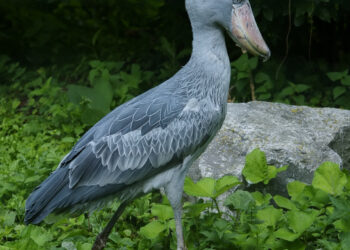
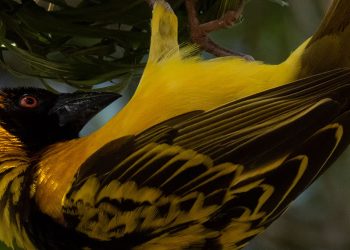

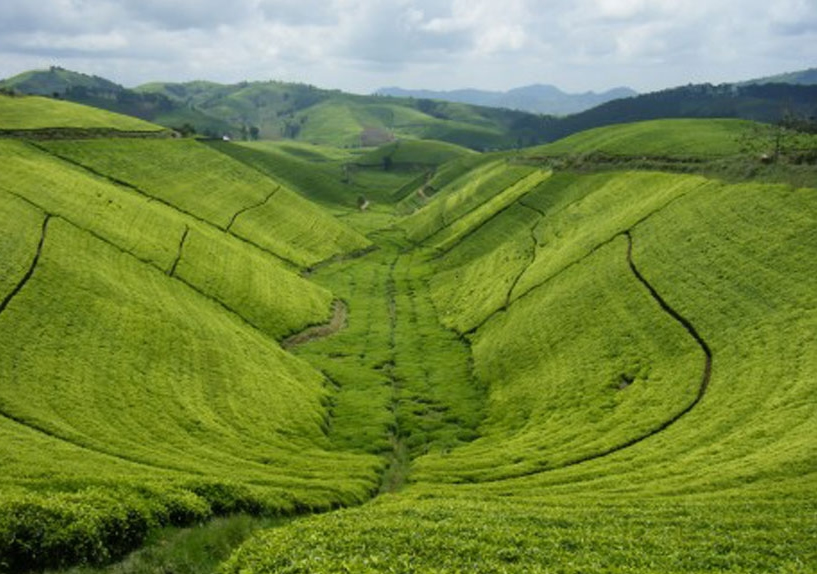
Recent Comments